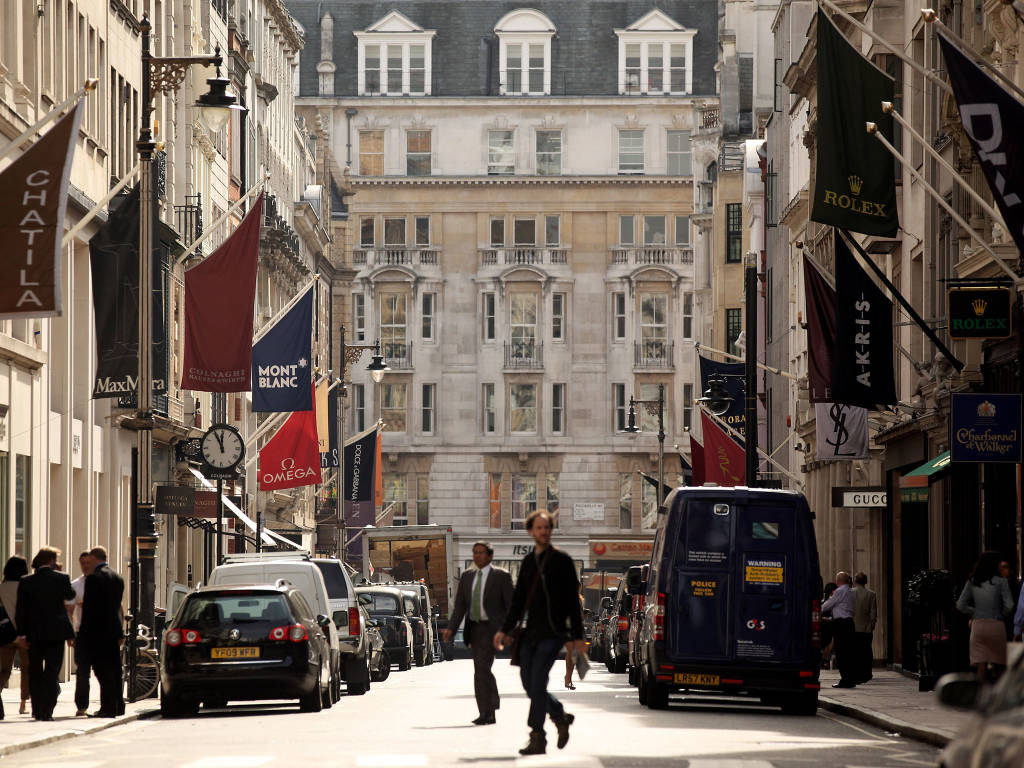
Photo Courtesy: The Independent
Good news for the luxury goods market: according to the latest Bain & Co. luxury study, released in collaboration with the Fondazione Altagamma, the market is expected to return to growth in 2017! As we reported, 2016 was a weak year for luxury. (Read: Luxury Market Expected to Bottom Out This Year). Luxury goods sales last year fell to €249 billion (about $280 billion) from €251 billion in 2015, but the first quarter of 2017 has been auspicious, and the market is expected to grow 2-4% this year.
Multiple factors contributed to this forecast, including heightened domestic spending in China and increased tourism and consumerism throughout Europe. Additionally, Bain predicts that Millennials and Generation Z (the demographic cohort after the Millennials) will be the key for growth, upping the value of the luxury market to €290 billion ($324 billion) over the next three years. Furthermore, Millennials and Gen-Z are expected to account for 45 percent of the market by 2025.
Yet despite such promising predictions, the situation is fairly tricky. The values of Gen-Z and Millennials don’t quite map onto traditional business models. The challenge, then, is for brands to adapt…but how?
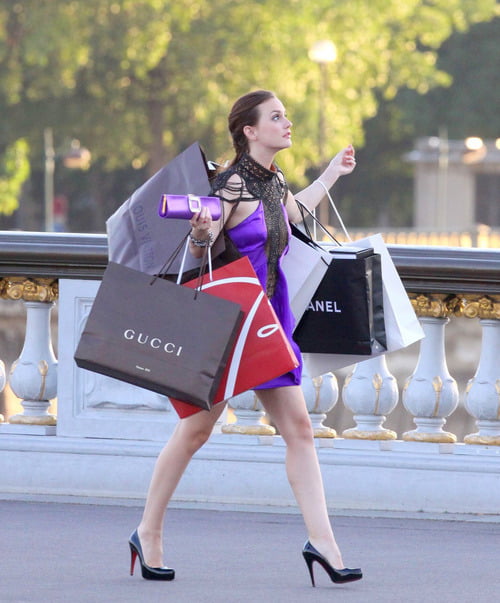
First, we have to consider what drives this newer generation of consumers. “In the past, a luxury brand’s goal was to create a superior product that encapsulated ideals of exclusivity and aspiration,” writes The Business of Fashion. “Now, brands must consider the values of younger generations, for whom community, authenticity and transparency play an important part in how they purchase luxury goods.” (Read: Are Millennials Less Concerned About Handbag Brand Names?)
“The key success factor will be the clear and differentiating strategies that [brands] can put in place,” says Federica Levato, co-author of the Bain report. “It’s the first generation with radically different behaviours and attitudes towards all consumption and lifestyle to the generation before.”
And the outlook of the new generation of shoppers isn’t self-contained—Millennials and Gen-Zers are greatly influencing older generations and their approach to luxury consumption.
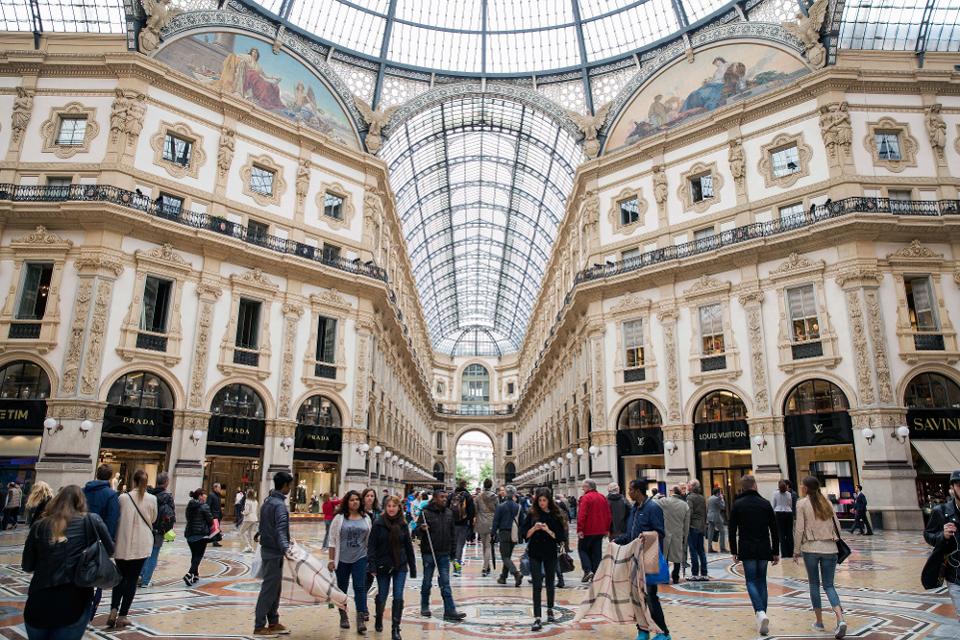
Shoppers at the Galleria Vittorio Emanuele II shopping mall in Milan. Photo Courtesy: Alessia Pierdomenico/Bloomberg
In addition to this new attitude toward consumption, online shopping will continue to shape the market in the years to come. (Read: Handbag Shopping – Does More Browsing Increase Satisfaction?) With the possibilities of the Internet, the in-store experience has to be especially enticing. Millennials and Gen-Z are looking for immersion—there needs to be something that draws them to the store, that brings people together, and that offers them something that online shopping doesn’t. The future of luxury relies on a strong brand culture and lifestyle that may incorporate sharing time with others, learning, and doing good.
“Since the 1950s, there was a clear and predominant definition what an ‘aspirational life’ looks like,” said Claudia D’Arpizio, one of the study’s lead authors. “This was also reflected on consumption models, to the extent to which products were a way to testify the passage across life stages and achievements.”
Things have clearly changed. “Consuming products and brands is not just a way to say who you are but a way to define who you are,” D’Arpizio said. “This is why Millennials are more engaged than previous generations with self-expression.”
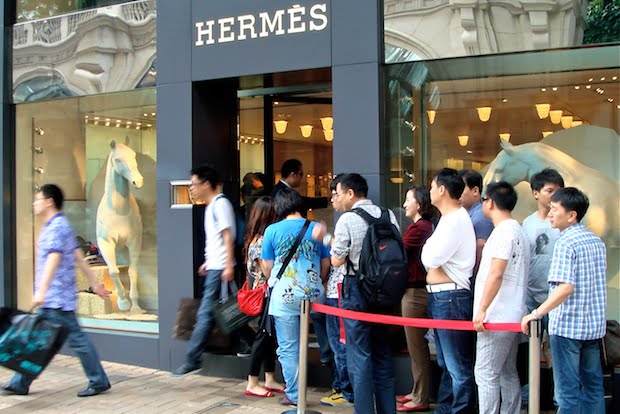
Photo Courtesy: Bon Brand
What do you think about the challenges that luxury brands are going to have to confront? We’d love to hear about your experiences, especially the Millennial readers out there! We’re also curious about other generations…do you feel as though Millennials have influenced the way you now think about luxury and shopping? Head over to BopTalk and let us know!
Read related articles below:
Are Millennials Less Concerned about Handbag Brand Names?
Luxury Retail Between a Rock and a Hard Place
Total Eclipse of Luxury
Burberry Finds Success in “See Now, Buy Now”
Prada’s Plummeting (but Recovering?) Profits
Top 10 Most Digitally Savvy Brands
Hermes Sales Steadily Rise Due to Growth in China
The Luxury Inventory Glut
Love PurseBop
XO
Updated: June 22nd, 2017



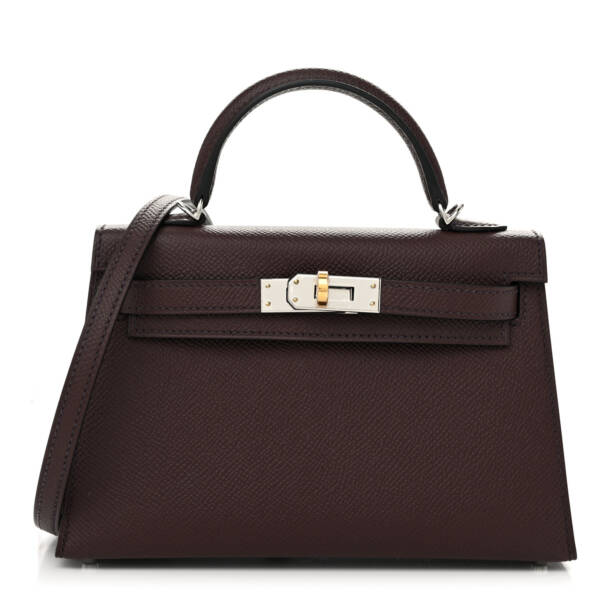
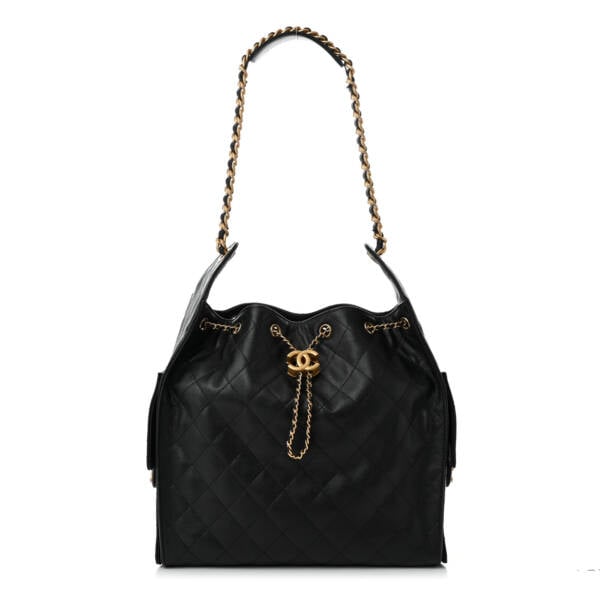
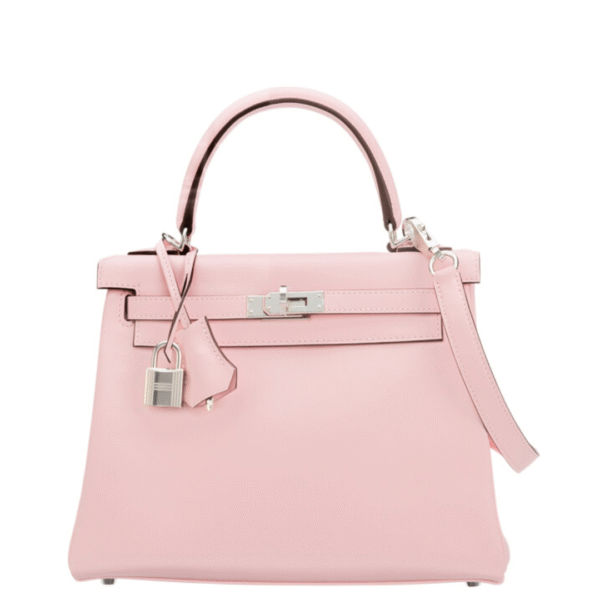
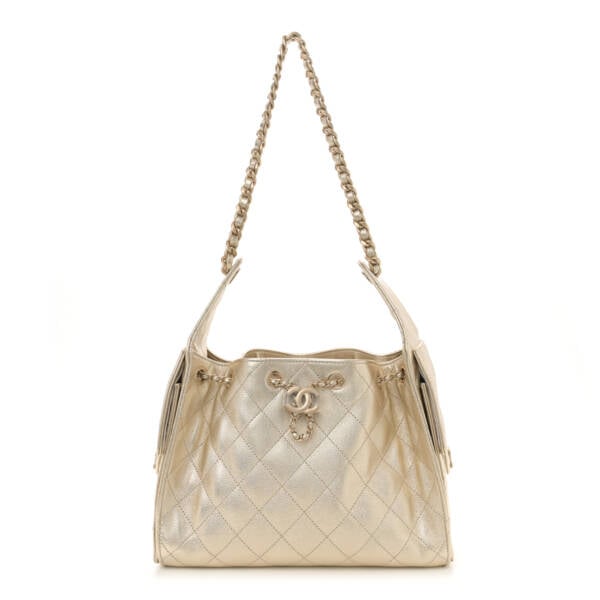
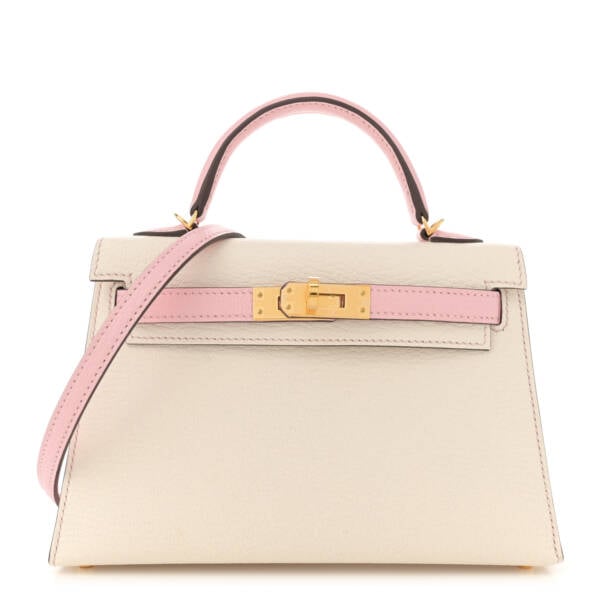
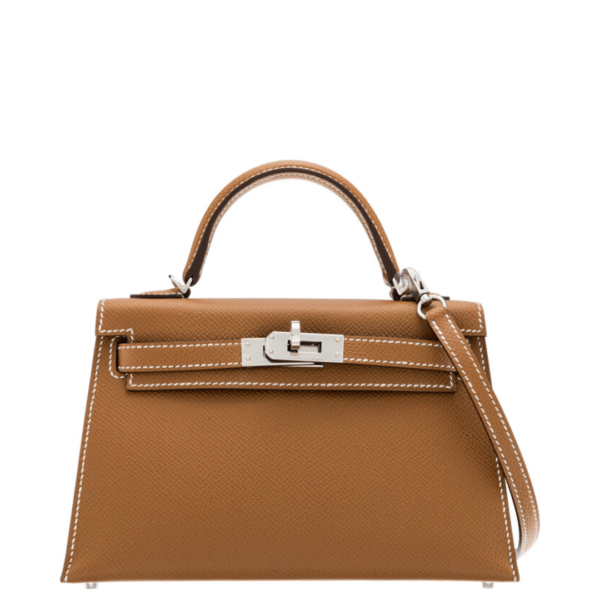
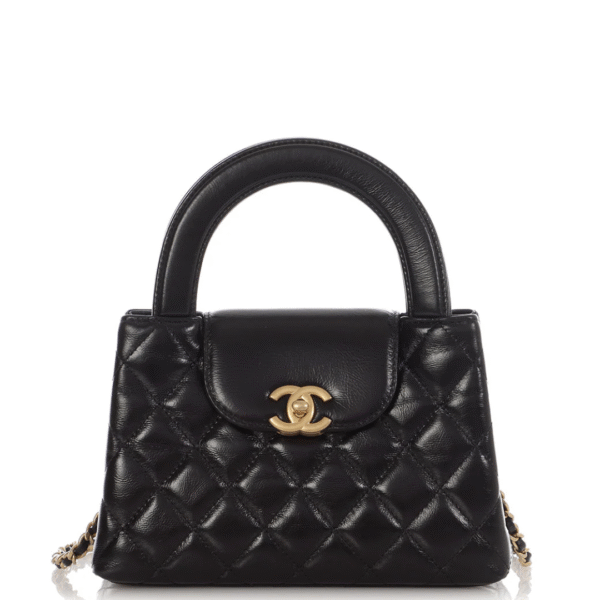
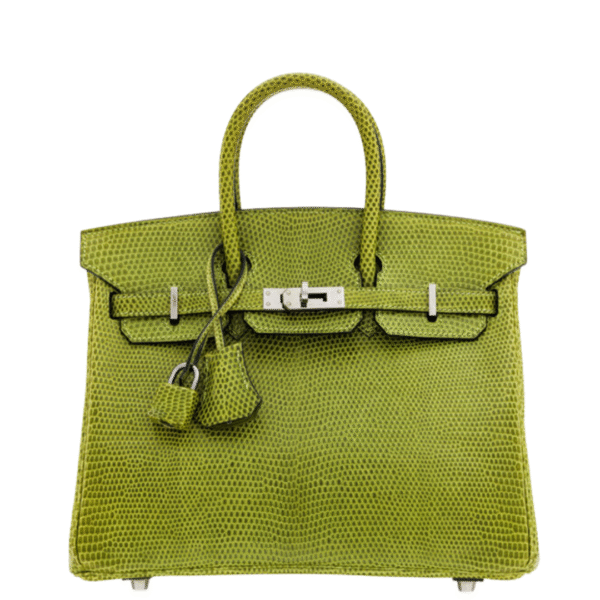
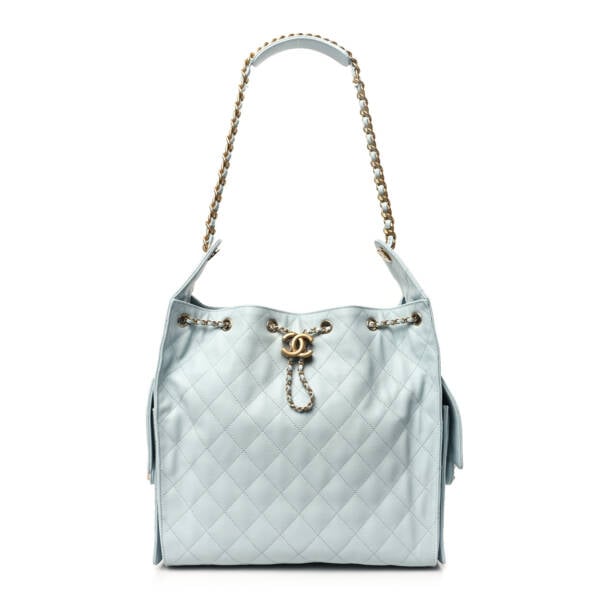
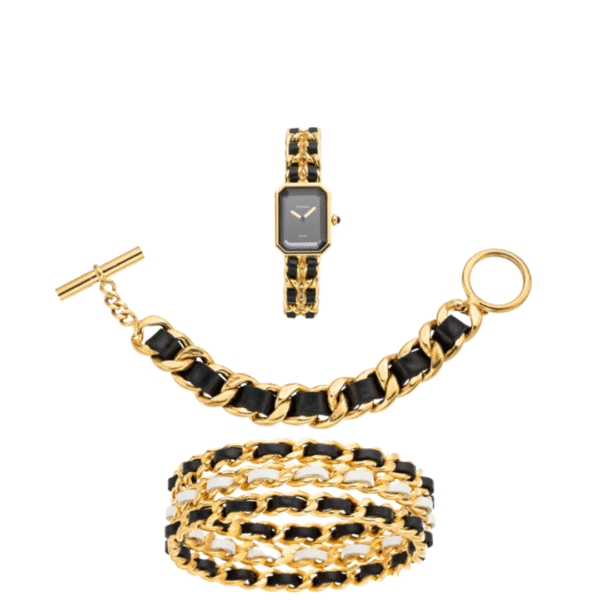
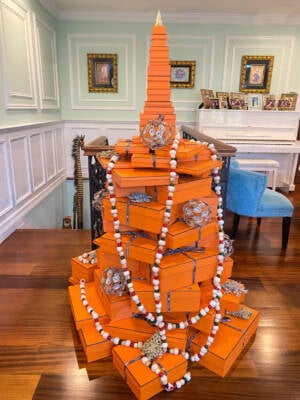

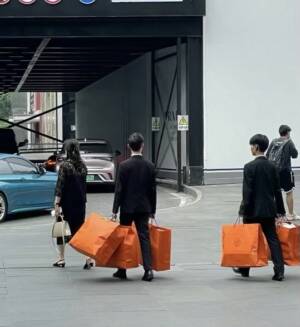
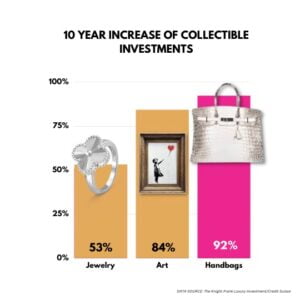



Comments
1 Responses to “Luxury in the Age of Millennials”
I call mills the trend gen
(Urban dictionary agreed)
even if they spend dispproportionately on selves, its with markedly lower, starter salaries/incomes. Much of their focus on lifestyle enhancement is thanks to the ongoing financial benefits of family plans, gifted housing and parent paid degrees and pre-family/offspring status. their math still doesn’t touch however the preceding gens’ higher incomes, a function of time n work, some luck, and timing – post ww2 to late 20thc, new sea change investment and development opportunities like never before.
be mindful that Many pre Mill generations are also very tech savvy shoppers – it’s not that new a thing anymore.
Trend genners define their demographic via their consumption, which is ripe with contrived, virtue stroking spending, from consumerist disdain (its own elitist gig) to non knowledge reliant subscription purchasing and trend chasing.
What if most of the hoopla is self fed, as these young adults, pedestal placed offspring of friend-parents, crank out lauditory content to fill in the endless, largely unvetted virtual world the preceding gens created?
Imo Supply siders risk their futures by focusing too exclusively on trend genners.